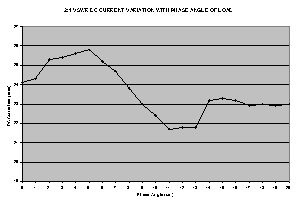|
AMP KILLERS Shortened
Version 9.28.98 by Frederick Glenn
INTRODUCTION
RF power amplifiers and DC power supplies are
usually the two system components that cause system operators the most trouble and the
most sleepless nights. These two system components do most of the "heavy work. This
article discusses 5 major "killers" and what can be done about them. The
solutions presented to improve performance of the RF amplifier will also improve power
supply reliability.
Good VSWR can give
Bad performance
VSWR (Voltage Standing
Wave Ratio) is used by all of us as a "figure of merit" for the
quality of the interconnections in radio systems. We've been taught over and over again
not to worry excessively about antenna (and load) VSWR. This is because a VSWR of
1.5:1 still has a match efficiency of 96% and insignificant increases in cable loss.
This is exactly true when modeling systems with ideal voltage and current sources. Real
world RF sources use tuned circuits to achieve high RF power. How these tuned circuits
respond to even modest VSWR is a different story.
Where you place an amplifier in the transmission line with any VSWR
determines the load impedance into which it is working. The change in performance due to
the change in load is known as load pull. All real RF sources respond to load pull
to some degree. It may surprise you to learn how much a change even a modest 1.3:1 VSWR
can make in amplifier performance.
Figure 2 shows the variation of DC current draw of a popular 100 watt
UHF amplifier as a function of placement in a transmission line with 2:1 VSWR. With
a power supply operating at 50% efficiency, a difference of nearly 100 watts of heat
generation is seen (50 watts in the amplifier, 50 watts in the power supply). A good
design will be able to operate within specification into these loads, but it will not
do so at optimum efficiency.
|
|

